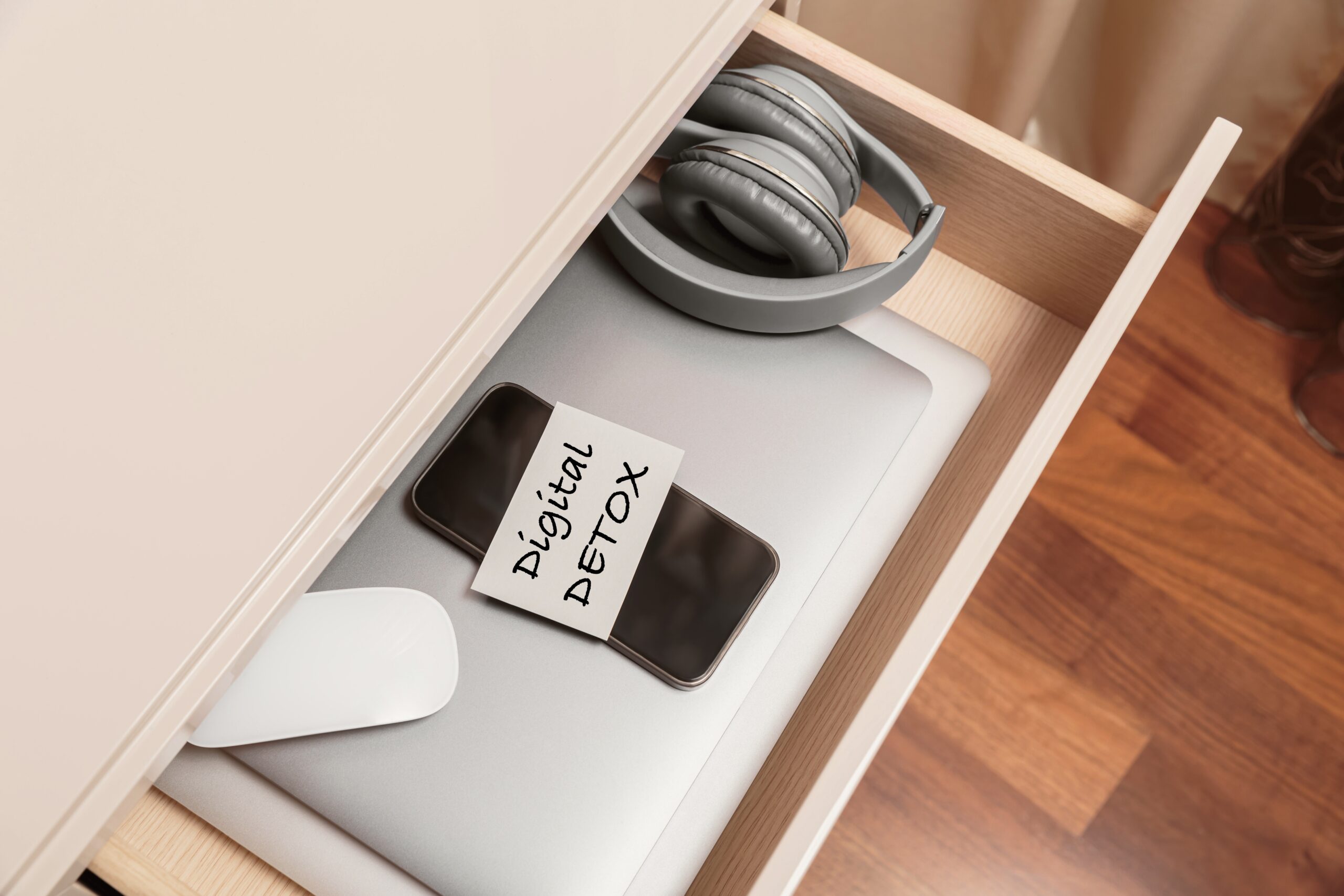What Influences Cabin Rental Prices?
To understand the cost of cabins to rent, it’s important to consider the variety of factors that influence pricing. While affordability is often associated with the daily or weekly rate, several elements contribute to the final cost. These include location, seasonality, amenities, and the size of the cabin. For instance, cabins situated near popular natural attractions like lakes, mountains, or national parks tend to be priced higher due to demand, especially during peak travel seasons.
Cabin size also plays a role. A one-room cabin suitable for couples or solo travelers is generally more affordable than a multi-bedroom cabin designed for families or groups. Additionally, the presence of amenities such as hot tubs, fireplaces, or private decks can raise the price. Understanding these details allows travelers to make informed decisions based on their preferences and budget.
Regional Differences in Cabin Rental Costs
Geographic location significantly affects cabin rental rates. In general, cabins in remote or lesser-known areas are more budget-friendly compared to those in popular tourist destinations. For example, cabins in rural regions of the Midwest or the Appalachian foothills may offer lower prices than those in heavily visited mountain ranges or coastal locations.
To understand the cost of cabins to rent in different regions, consider these average price ranges:
- Rural or off-the-grid locations: $50–$100 per night
- Moderately popular destinations: $100–$200 per night
- High-demand vacation areas: $200–$400+ per night
Travelers seeking value can benefit from exploring lesser-known regions where they may find charming, well-maintained cabins at a fraction of the cost.
Seasonal Price Fluctuations
The time of year you choose to rent a cabin has a direct impact on pricing. Many cabin rentals experience sharp increases during peak seasons such as summer holidays, fall foliage months, and winter ski periods. In contrast, off-season travel can present opportunities for more affordable rates and fewer crowds.
Here’s how seasonal shifts typically affect pricing:
- Peak seasons (summer, holidays, ski season): Higher rates and limited availability
- Shoulder seasons (spring and early fall): Moderate rates and better availability
- Off-season (late winter and early spring): Lowest rates and increased booking flexibility
By aligning travel plans with less competitive seasons, you can better understand the cost of cabins to rent and find options that fit your budget.
Types of Cabins and Their Price Points
There is a wide range of cabin types available, each catering to different travel styles and budgets. From rustic, no-frills shelters to well-appointed log homes, the variation in offerings can be significant. Understanding the types of cabins and their typical price brackets can help travelers make practical choices.
Common cabin types include:
- Basic cabins (minimal amenities, often in campgrounds): $50–$100 per night
- Standard cabins (kitchenette, heating, modest furnishings): $100–$150 per night
- Luxury cabins (full kitchen, Wi-Fi, hot tubs, scenic views): $200–$400+ per night
Each type offers different levels of comfort and convenience. The more features a cabin includes, the higher the rental cost tends to be. Choosing a cabin that aligns with your needs, rather than wants, can help manage expenses effectively.
Tips for Finding Affordable Cabin Rentals
Finding affordable cabins doesn’t have to be difficult if you apply a few strategic approaches. The key is to plan ahead, compare options, and remain flexible. Many travelers successfully reduce costs by taking advantage of early booking discounts, last-minute deals, or considering alternative locations.
Here are several tips to help you understand the cost of cabins to rent and stay within your budget:
- Use trusted rental platforms with transparent pricing
- Book during off-peak periods for lower rates
- Consider weekday stays instead of weekends
- Look for cabins with flexible cancellation policies
- Read reviews to ensure the value matches the cost
Combining these tactics can lead to notable savings and a more enjoyable rental experience. Always factor in additional fees such as cleaning charges, taxes, or service fees, as they can impact the final cost more than expected.
Conclusion: Making Smart Cabin Rental Choices
Understanding the cost of cabins to rent involves more than just scanning nightly rates. By considering location, season, cabin type, and included amenities, travelers can find options that balance comfort and affordability. Whether you’re planning a quiet weekend in the woods or a family adventure in the mountains, there are cabin rentals available to fit a wide range of budgets. With a thoughtful approach and informed decisions, your next cabin getaway can be both memorable and cost-effective.








